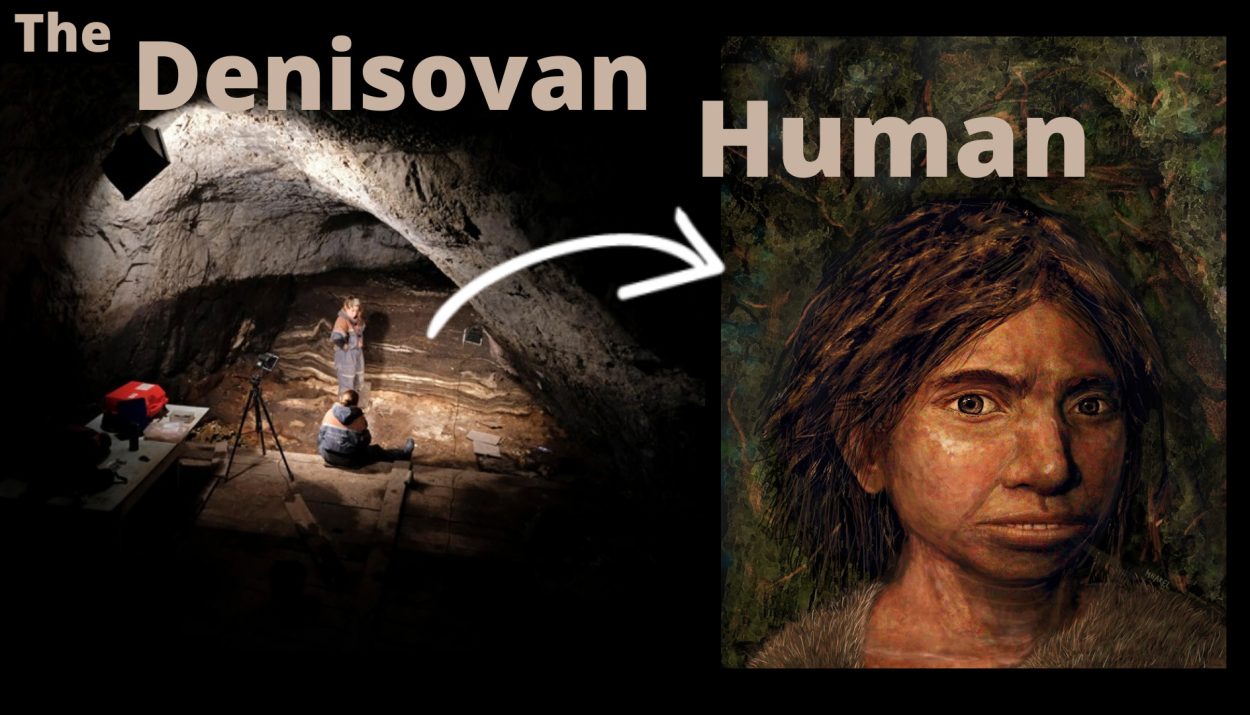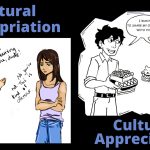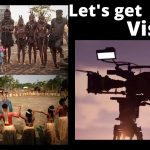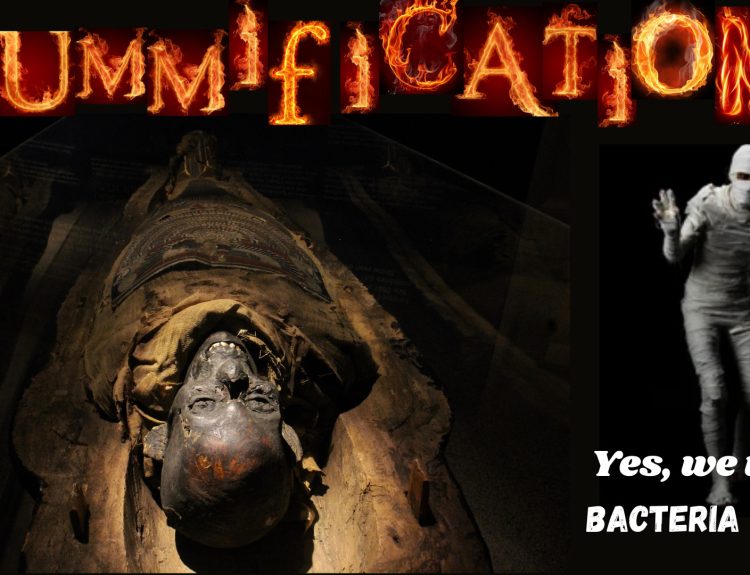Human Evolution is a complex and interesting story. It fascinates everyone. The Discovery of human fossils is still active today. One of the most recent discoveries is the discovery of The mysterious Denisovan Human.
There were multiple types of human species found other than present Homo sapiens. These were Neanderthals and the most recently discovered Denisovans.
Discovery
Denisovans are a group of archaic humans. They are named after the Denisova caves found in Siberia, Russia.
In the cave, a little finger bone fossil was found and when the researchers extracted the mitochondrial DNA from the pinky finger, they found that it didn’t match either Neanderthals or Homo sapiens. It was a different species of human. Later on, thousands of other bones are also found here. The fossils found there range from 300,000 to 50.00 years old.
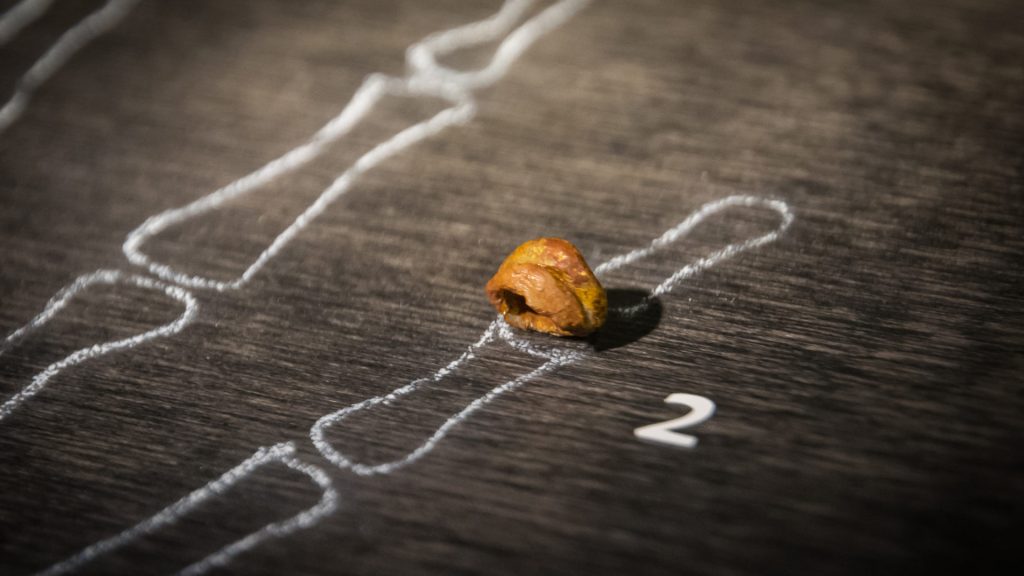
Since then researchers have found other Denisovan bones like molars, limbs, braincase etc. in the same cave. The partial jaw is discovered from the Tibetan Plateau around 1500 miles south of the Denisova cave. So it seems that they were pretty widespread across Asia.
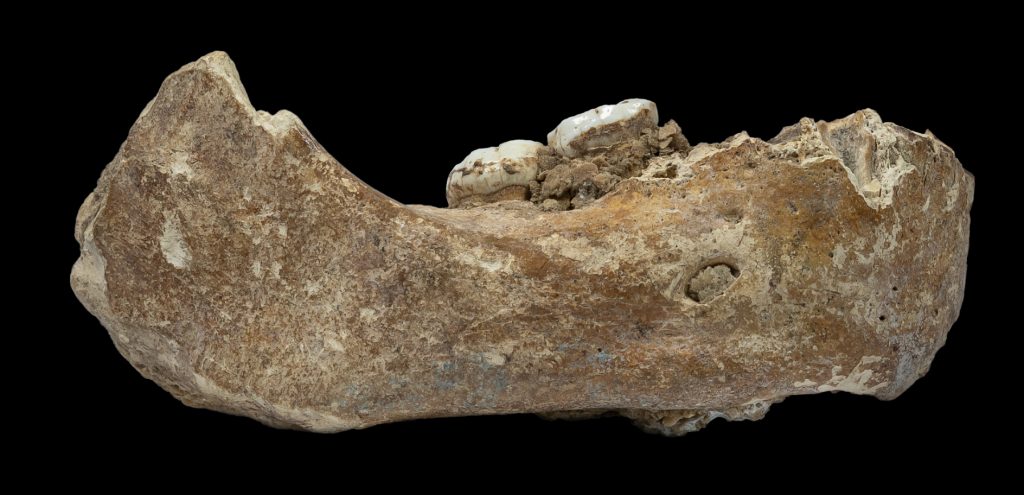
Here a new population of humans are discovered. These bones belong to a whole other branch of our family tree.
Not only fossils were found here but also tools and artefacts were known from those same deposits. But it is not clear so far whether these tools and artefacts belong to Denisovans.
Who are Denisovans?
So what exactly are Denisovans? Where they did come from? How closely are they related to Homo sapiens or Neanderthals? Mitochondrial DNA extracted from the fossils has provided us with answers to some of these questions.

The discovery of other bones reveals that they mate with Neanderthals also. The DNA analysis reveals that these Denisovans have gene swapping with Neanderthals and our species. Denisovans, Neanderthals, and our species have the same ancestors.
Conclusion
Since 2010, there have been fascinating stories about the discovery but these relatives of ours are still in mystery. Scientists have to look for more fossils that may help us to tell more about what they looked like and what their culture may have been like.
The paucity of fossils has also become a barrier to the incomplete identification of Denisovan human characteristics such as their appearance, their culture, etc.
The Discovery of more genetic species will help us to sort out how our species benefited from consorting with other human species. So it is important to keep on digging.
Read more:
Kennewick Man- The Ancient one
- The Maharaj Libel Case of 1862: A Landmark in Colonial Legal and Social History
- Acclimatization: The Subtle Dance Between Humans and Their Environment
- The Anthropology of Sleep
- Lamarck’s Theory of Evolution
- Bipedalism and Structural Changes


